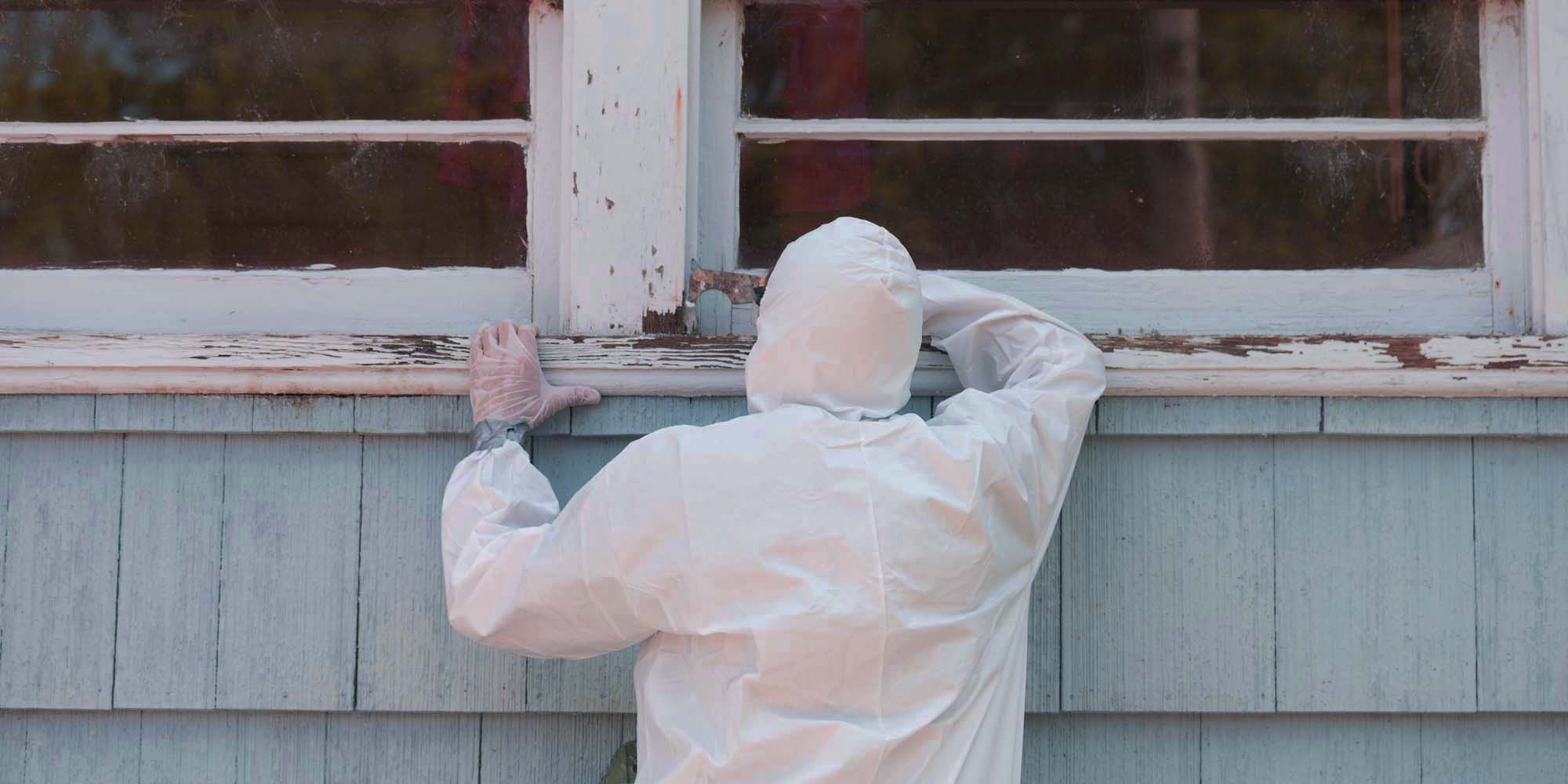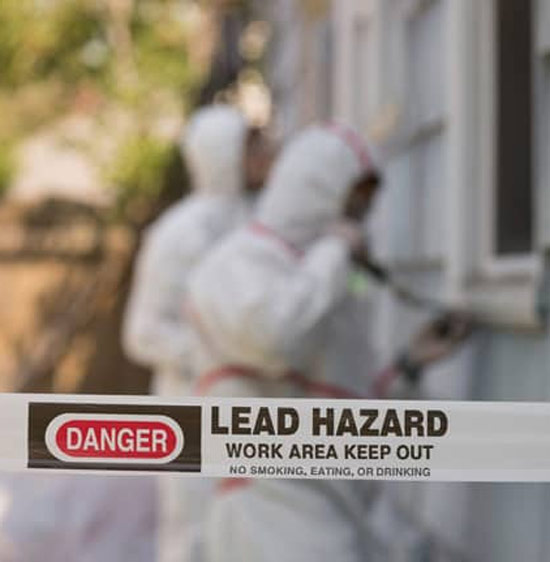Comprehensive Guide on Effective Lead Infraction Removal Methods
In the world of ecological safety, dealing with lead infractions demands a careful and structured method. This detailed overview starts by highlighting the essential first actions of recognizing lead threats through advanced analysis and screening approaches. Strategies such as XRF evaluation and dirt clean tasting are vital in identifying contamination resources. Moreover, the overview clarifies on the significance of adhering to stringent safety procedures throughout the removal process, including using correct PPE and separating impacted areas (Lead Paint Removal Company). The subsequent areas guarantee to talk about post-removal verification and precautionary approaches, making sure long-lasting safety and conformity. Discover the elaborate details that make these strategies not just efficient however important.
Determining Lead Threats
Determining lead threats is an important very first step in minimizing the threats associated with lead direct exposure. Lead, a toxic metal, can be existing in various environmental tools, consisting of paint, soil, water, and dust. It presents extreme health dangers, specifically to children and pregnant ladies, bring about neurological damages and developmental delays. Exact identification of possible lead sources is necessary for efficient remediation.
The initial phase in identifying lead hazards involves recognizing usual lead resources within the constructed setting. Frameworks constructed prior to 1978 are especially prone because of the common usage of lead-based paint during that period. Additionally, soil contamination can occur from deteriorating outside paint, commercial emissions, or historical usage of leaded gas.
One more significant source is lead piping and pipes components, which can leach introduce alcohol consumption water. Consumer items such as playthings, ceramics, and imported products might additionally consist of dangerous lead degrees. Especially, occupational settings and pastimes including lead can track pollutants into homes.
Analysis and Screening
When addressing lead dangers, effective evaluation and screening are critical. First assessment normally involves an aesthetic examination to determine possible lead resources, such as weakening paint or contaminated dirt.

Dirt wipe tasting is another vital strategy, specifically in residential settings. By gathering examples from floorings, windowsills, and various other surfaces, this method supplies understandings right into possible direct exposure threats. Furthermore, soil testing around building boundaries is important to identify lead contamination that can pose hazards, specifically to children.
Safe Removal Procedures
Upon finishing thorough assessment and screening, applying secure elimination procedures is the next essential stage in resolving lead threats. This procedure makes sure that lead-contaminated materials are effectively and safely gotten rid of, decreasing risk to both workers and citizens. The primary step entails separating the afflicted area making use of plastic sheet and appropriate securing strategies to stop the spread of lead dirt.
Employees have to put on suitable individual safety equipment (PPE), including respirators, gloves, and non reusable coveralls, to alleviate exposure. Using specialized devices and wet methods, such as damp sanding or making use of HEPA-filtered vacuums, reduces the diffusion of lead particles. It is crucial to prevent dry fining sand or rough blowing up, as these techniques can generate dangerous lead dust.
Garbage disposal is another essential element; all contaminated products must be safely bagged and identified according to EPA and local guidelines. Additionally, complete cleaning of the job area with HEPA vacuum cleaners and damp wiping makes sure the removal of residual lead fragments.
Post-Removal Verification

Confirmation of successful lead elimination, understood as post-removal confirmation, is critical site here to ensure the safety and habitability of the remediated area. This inspection ensures that all known sources of lead have actually been addressed and that no noticeable indicators of contamination continue to be.
Adhering to the aesthetic assessment, environmental sampling is conducted. This involves accumulating dirt, dirt, and often water samples from the remediated area. Accredited laboratories assess these examples to determine lead levels, guaranteeing they drop below the security thresholds developed by regulative bodies such as the Environmental Security Agency (EPA)
Furthermore, air top quality screening may be performed to detect air-borne lead bits, especially in cases where considerable lead-based paint elimination or remodelling has actually happened. The results of these tests provide measurable data validating that the lead degrees are within permissible restrictions.
Eventually, post-removal verification functions as a critical checkpoint, verifying the efficiency of the lead reduction efforts and protecting the health of owners and visitors.
Safety Nets and Maintenance

A key safety net consists of the use of lead-safe accredited contractors for any type of improvement, repair work, or paint activities. These experts are trained in practices that lessen lead dirt and debris. Furthermore, keeping painted surface areas to stay clear of chipping or peeling is crucial, as degrading paint can release lead bits right into the setting.
Educational initiatives targeting property owners and occupants pertaining to the dangers of lead and the significance of reporting any type of prospective threats can additionally improve preventative initiatives. Regular cleaning utilizing HEPA vacuum cleaners and damp wiping techniques can significantly decrease lead dirt buildup.
Final Thought
In summary, efficient lead infraction elimination demands a meticulous method encompassing extensive assessment, accurate testing, and rigid removal treatments. Continuous evaluations and maintenance are important to alleviate future lead dangers, thereby guarding public health and guaranteeing sustained compliance with regulatory demands.